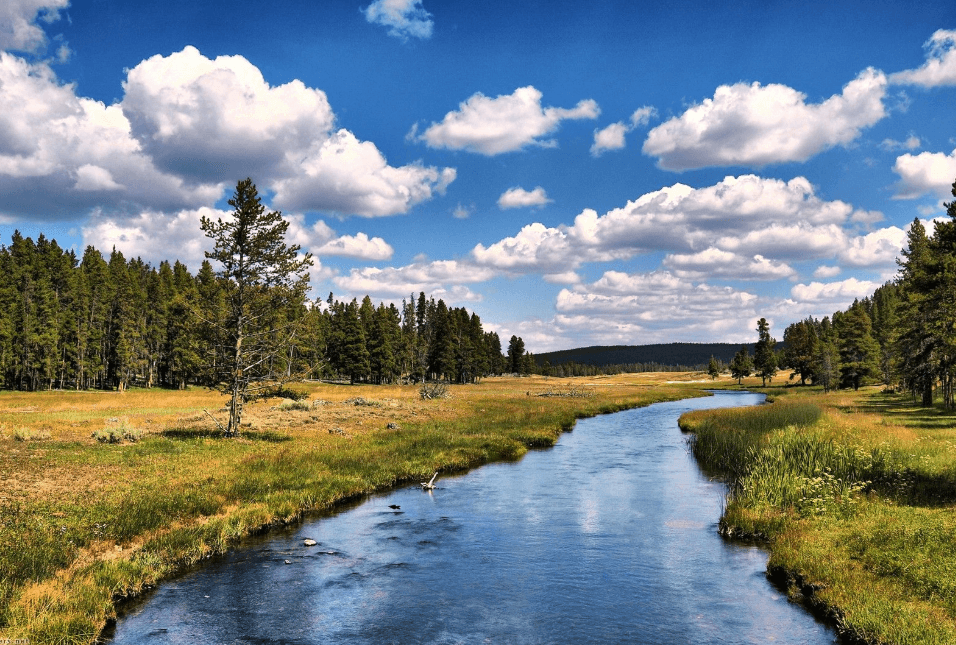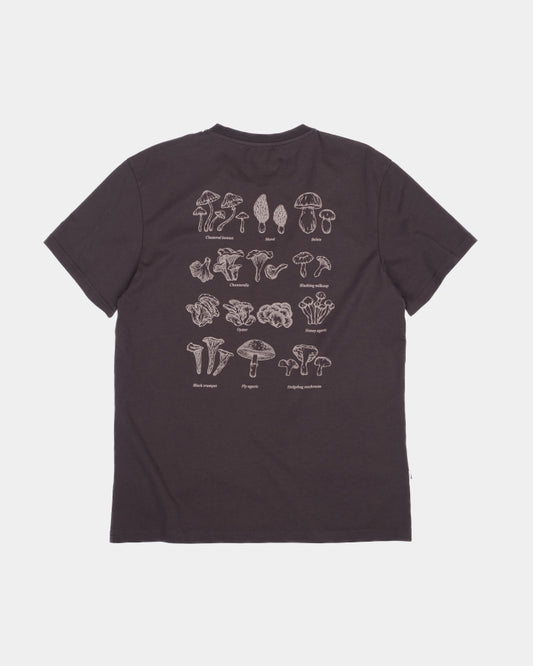Where would we be without rivers? At least pretty much on dry land. On most continents, the system of streams and rivers serves to distribute water over the surface. It provides the basis for life and food for numerous plant and animal species - and is also an important transport artery.
Where would we be without rivers? At least pretty much on dry land. On most continents, the system of streams and rivers serves to distribute water over the surface. It provides the basis for life and food for numerous plant and animal species - and is also an important transport artery.
Where do the big rivers come from?
Rivers usually have humble origins. In the high and low mountain ranges of the world, streams rise, either from springs or fed by glacial ice and snow. The smaller watercourses flow down to the valley, and there most of them find each other. When the streams join, a smaller river is formed, which can grow into a wide stream where other tributaries join. The river follows the natural gradient of the landscape and flows more or less in a straight line.
Nowadays, unfortunately, most of the larger rivers are straightened for navigation; in the past, they meandered leisurely in large loops through so-called floodplains. But whether meandering or straight, at some point the river comes to an end - namely when it merges into a larger body of water, i.e. a lake or the sea.
Life on the river: habitats for animals and plants
On the way, the great rivers of the world give "with full hands", so to speak. The plants on their banks are home to small animals, birds and insects, larger animals appreciate riverbanks as grazing areas, and predators of all kinds hunt on and near the river. The fish population attracts birds that specialise in fishing, but also large predators such as bears and some cat species. The animals and plants that thrive along a river depend on whether you are in the headwaters, the course of the river or the estuary. All along their course, rivers create an unbroken succession of biotopes, each of which is unique.
Furthermore, rivers create networks that connect biotopes with each other. They allow animal and plant species to spread and open up new forms of coexistence. Rivers shape the landscape in more ways than one.
Rivers of Switzerland
Switzerland can also boast a distinctive river system. Although the Swiss rivers cannot compete with the world's longest six-thousand-metre peaks, such as the Amazon, the Nile or the Yangtze, Switzerland is the source of well-known European "brands". For example, the Rhone and the Rhine have their source here.
The Aargau "moated castle
Switzerland even has its own national "moated castle" in the canton of Aargau. For here, in the area of Brugg, Windisch, Gebenstorf, Turgi, Stilli and Untersiggenthal, the three Alpine rivers Aare, Reuss and Limmat join. From here the Aare flows northwards until it joins the Rhine at Koblenz. Around 40% of Switzerland's water volume comes together here and has been specially protected as an important floodplain since 1989 by the "Water Castle Decree".
Nature sports and activities on the river
The activities on and along rivers are as diverse as the biotopes of the riverine landscapes. Traditionally, rivers are not only transport routes, but are also used by athletes. Rowing, canoeing and swimming are among the most popular leisure activities on clean rivers, while anglers, hikers and birdwatchers appreciate the riverbanks.
There is nothing wrong with this in and of itself - however, nature lovers should make an effort not to disturb the animals or harm the flora. Rivers, as the freshwater reservoir of us all, deserve our protection, as do the fauna and flora that live with, in and from them.
Rivers are worth protecting - and everyone can contribute to it
It goes without saying that the pollution of rivers and riverine landscapes must be stopped. Unfortunately, it is still all too often the case that water bodies are abused as cesspools - only a few major scandals reach the public. If you take a closer look, consume more consciously and adjust your own behaviour a little, you can contribute to the protection of rivers, among other things.























